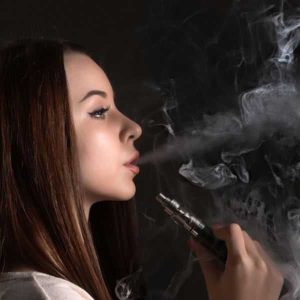Secondhand vape in public spaces: non-users’ health risks & how to avoid exposure2025
Secondhand vape in public spaces is a growing concern that can’t be ignored.As vaping becomes more popular, non-users are increasingly exposed to the aerosol exhaled by vapers, raising questions about potential health impacts.

What exactly is secondhand vape?
It’s the aerosol released when someone vapes, which contains a mix of substances. Unlike traditional cigarette smoke, some claim it’s less harmful, but research shows it’s not harmless. Secondhand vape can linger in the air, especially in enclosed public spaces like malls, restaurants, and public transport.
The health risks of secondhand vape for non-users are significant. Studies indicate it contains nicotine, which can affect brain development in children and cause addiction symptoms in non-users. It also has heavy metals like lead and nickel, and volatile organic compounds linked to respiratory issues. Short-term exposure may lead to eye irritation, coughing, or headaches. Long-term exposure could have more severe effects, though more research is needed. The WHO has noted these risks, emphasizing the need for awareness.
How does secondhand vape affect vulnerable groups?
- Children, pregnant women, and people with asthma or heart conditions are more susceptible. Their bodies are less able to handle the harmful substances, making even brief exposure risky. In crowded places like schools or parks, these groups face higher chances of exposure.
- Secondhand vape in public spaces isn’t just a passing concern for children—it carries severe, long-term risks. Their developing bodies, still forming critical systems, are far more vulnerable to the harm caused by secondhand vape. Exposure disrupts dopamine levels, which are key to healthy brain development, and triggers inflammation, oxidative stress, and cellular damage that young organs struggle to repair.
Over time, these effects can set the stage for serious health issues: emerging studies link regular secondhand vape exposure in kids to heightened risks of childhood diabetes, early heart problems, and even long-term cancer risks. The harmful chemicals in secondhand vape accumulate in their smaller, less resilient systems, making public spaces like playgrounds, school hallways, or crowded malls—where children often gather—particularly dangerous hotspots for this exposure.
Avoiding secondhand vape in public spaces requires awareness and action. Choose well-ventilated areas; good airflow helps disperse the aerosol. Stay away from designated vaping zones, as they’re hotspots. If someone is vaping nearby, politely move to another area. Advocate for smoke-free and vape-free policies in your community; many places are updating rules to include vaping.
Public awareness is key.
Learn more about the science behind secondhand vape from CDC’s research on e-cigarettes. For tips on creating vape-free environments, check American Lung Association’s resources. Our previous post on vaping trends in public spaces also offers related insights.
